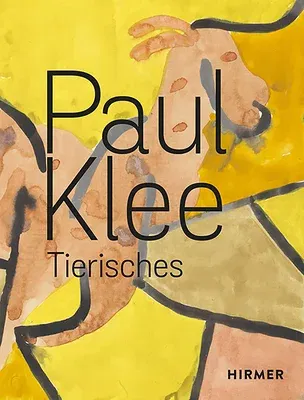In 1904, Paul Klee writes the following in his diary: "There are two
mountains where all is bright and clear: the mountain of the animals and
the mountain of the gods. But between them lies the shadowy valley of
humankind". With these lines Paul Klee, the human, describes his view of
animals, which he equates with the divine. Klee's extensive artistic
legacy includes countless representations of animals, addressing themes
such as the exploration of nature, the creation of mysterious beasts and
humorous commentaries on the multifaceted relationship between humans
and animals. Klee is stimulated by the endless variety of forms in
nature and demonstrates his imaginative powers by inventing hybrid
creatures and new animal species.
Some of the loaned works, particularly the works on paper, are rarely
exhibited in public and are made available by the Zentrum Paul Klee.
They are supplemented by a number of important loans from public
collections and in private ownership. Because the works are so fragile
and sensitive to light, this exhibition will only be presented in
Ingelheim in connection with Internationale Tage.
But Klee also considers the differences between humans and animals,
observing and exploring typical roles, properties and behaviour patterns
in his works. With his profoundly human animals and animalistic humans
he questions our understanding of humans and animals and creates a
disconcerting, and often cheerful or ironic, distance. The
idiosyncratic, often ironic titles, given to all his works by the artist
also helps us understand this peculiar artistic world, without
channeling the imagination of the viewer in one particular direction.

